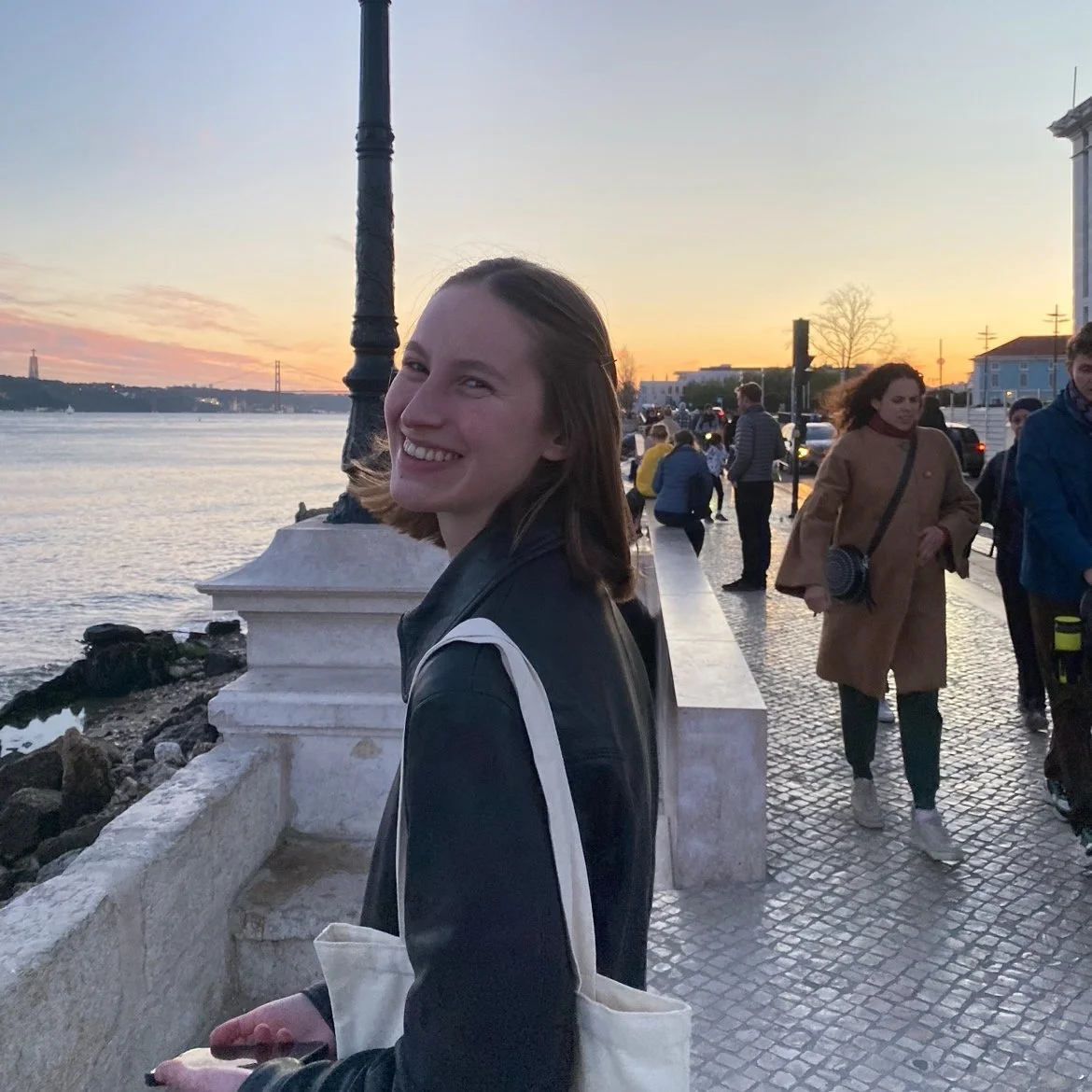The US Supreme Court struck down affirmative action in college admissions, but across the world other countries maintain programs to diversify higher education.
Harvard campus. Anne Helmond. CC BY-NC-ND 2.0
On June 29, 2023, the U.S. Supreme Court, led by a conservative majority, struck down the use of affirmative action in college admissions. The ruling prevents colleges from considering race as a factor when deciding whether to admit applicants. The Supreme Court ruled in favor of The Students For Fair Admission, which sued Harvard and University of North Carolina on the claim that the schools' affirmative action policies discriminate against Asian Americans. The case was seen by supporters of affirmative action as an example of using Asian Americans as a wedge group for a conservative agenda, and a poor representation of the wide spectrum of Asian Americans’ views on affirmative action.
The story of affirmative action in the U.S. is a fraught one, emerging from generations of racial inequality and discrimination. However, it is not a story that exists in a vacuum. About 25% of all countries have some form of affirmative action with the goal of opening up higher education to students from different backgrounds.
History of Affirmative Action in The U.S.
Affirmative action encompasses any program that actively improves job and educational opportunities for minorities or women. The belief was adopted by president Kennedy in 1961 through Executive Order 10925, which sought to use "affirmative action to ensure that applicants are treated equally without regard to race, color, religion, sex, or national origin,” and established the Committee on Equal Employment Opportunity. President Johnson’s 1965 Executive Order 11246 helped cement affirmative action by requiring government and contractors and subcontractors to expand opportunities to minorities.
During the Civil Rights movement, and following the assassination of Dr. Martin Luther King Jr., student groups and advocates implored universities to make education more accessible, and to establish class demographics that were indicative of American society. In the weeks following Dr. King’s death, the Dean of Admissions at Harvard announced his commitment to enroll more Black students, a decision that led to a 76% increase in black students enrolled at Harvard between 1968 and 1969. Harvard’s stance was soon followed by other elite institutions including Princeton, Yale and Columbia.
While universities individually pledged to embrace student diversity and increase enrollment among racial minorities, it wasn’t until a 2003 Supreme Court case that affirmative action became established as a national precedent. The 2003 case of Grutter v. Bollinger determined that affirmative action did not violate the Constitution’s Equal Protection Clause, and created a precedent in which a desire for increasing diversity could be used as a means of using racial preferences within admissions.
India
Classroom in Patna, India. TESS India. CC BY-SA 2.0
One of the earliest examples of affirmative action was adopted in India during British colonial rule in the 19th century. Under the programs, reservations were created as a means of establishing educational opportunities for the Dalit, commonly (and offensively) known as the “untouchables.” India’s modern affirmative action program seeks to expand opportunity by reserving 22.5% of all spots in educational institutions for lower caste youth. In 2005 the program was expanded to include private higher education institutions as well. These programs have led enrollment by targeted low caste disadvantaged groups to increase by three times.
India’s affirmative action system has contributed to a national increase in Dalit’s social and economic standing. In 1965, only 1.6% of the most senior service positions were held by Dalits, a number that rose to 11% by 2019, making it more representative of India’s demographics as 25% of the country is Dalit.
France
Garden at the Sciences Po. that ambitious girl. CC BY-NC 2.0
In France, affirmative action measures target specific neighborhoods as priority education areas, or Zones d’Education Prioritaires, which are often characterized by low income, many residents of immigrant background, and a high percentage of the population for whom French is a second language. In place of quotas some elite institutions, including Sciences Po, have sought to reach out directly to students coming from these disadvantaged neighborhoods, asking secondary schools in these areas to send over their best applicants, with the university providing necessary financial aid. The program seems to have had limited effects, and since its establishment in the early 2000s only 860 students have been admitted in through this specific channel. However, the number of students on financial aid has increased by roughly 20% in recent years.
Brazil
Students in Brazil. World Bank Photo Collection. CC BY-NC-ND 2.0
In 2012, the Brazilian government adopted a bill to reserve half of the spots in elite federal education institutions for students from state schools. The bill, supported by President Dilma Rousseff, also set up racial quotas for universities to allocate spots for black, mixed race, and indigenous populations according to the demographics of each state. The bill was proposed with the aim of combatting education and economic inequalities, as only about 10% of Brazilian students graduate from the elite private schools that act as feeders for the country’s top universities; the majority of private school students are White, despite the country’s racial diversity.
The use of such affirmative action policies in Brazil have been met with criticism, in part because the country’s demographics are racially mixed, with many seeing themselves unreflected in Black and White binary. Despite this, racial inequality is widespread, and a 2021 survey found that White Brazilians earned an average of 75% more than Black Brazilians and 70% more than Brown Brazilian workers.
In 2023, President Luiz Inácio Lula da Silva signed a decree that reserves 30% of federal government positions for candidates who are Black or of mixed race.
Jessica Blatt
Jessica Blatt graduated from Barnard College with a degree in English. Along with journalism, she is passionate about creative writing and storytelling that inspires readers to engage with the world around them. She hopes to share her love for travel and learning about new cultures through her work.





